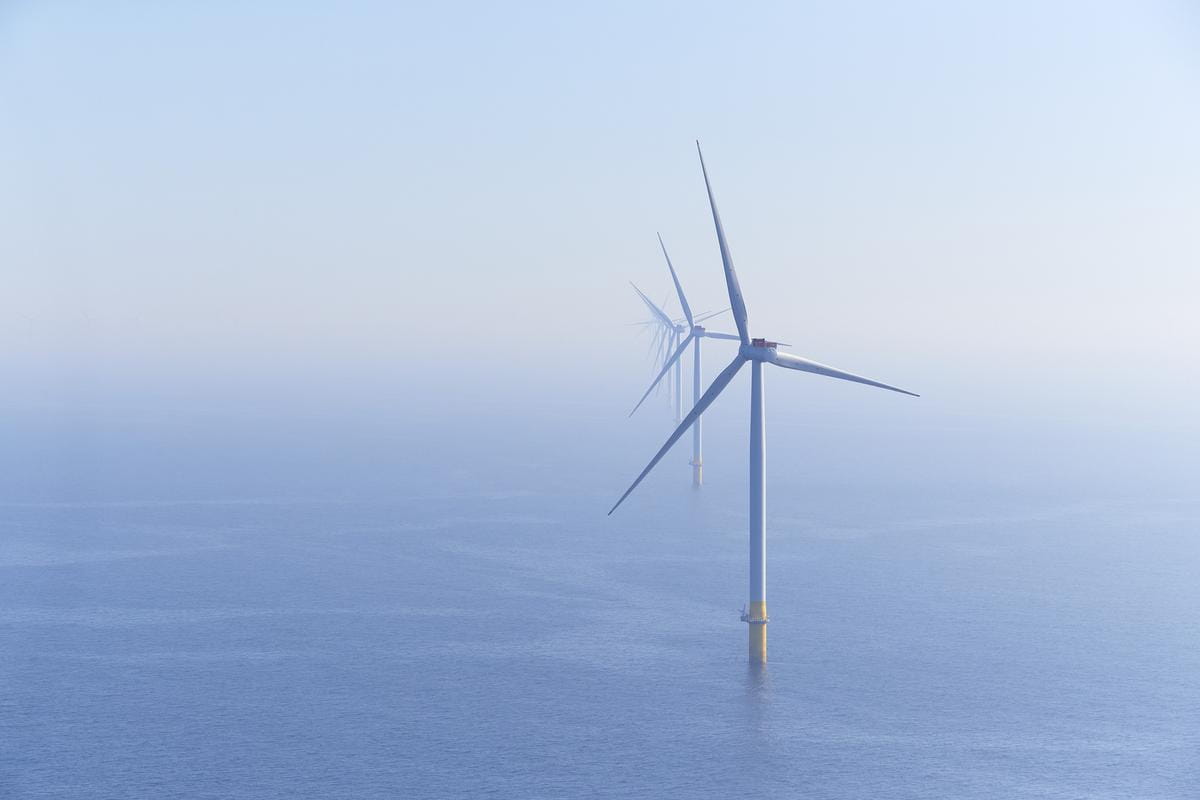First approved by the Long Island Power Authority in 2017, construction of South Fork Wind started in January 2022 and ended in March 2024.
On this page, you can find an archive of all public resources related to South Fork Wind’s construction, including factsheets, permitting materials, and a complete history of construction updates. For more information about the project, you can contact Ørsted below.
On this page, you can find an archive of all public resources related to South Fork Wind’s construction, including factsheets, permitting materials, and a complete history of construction updates. For more information about the project, you can contact Ørsted below.



